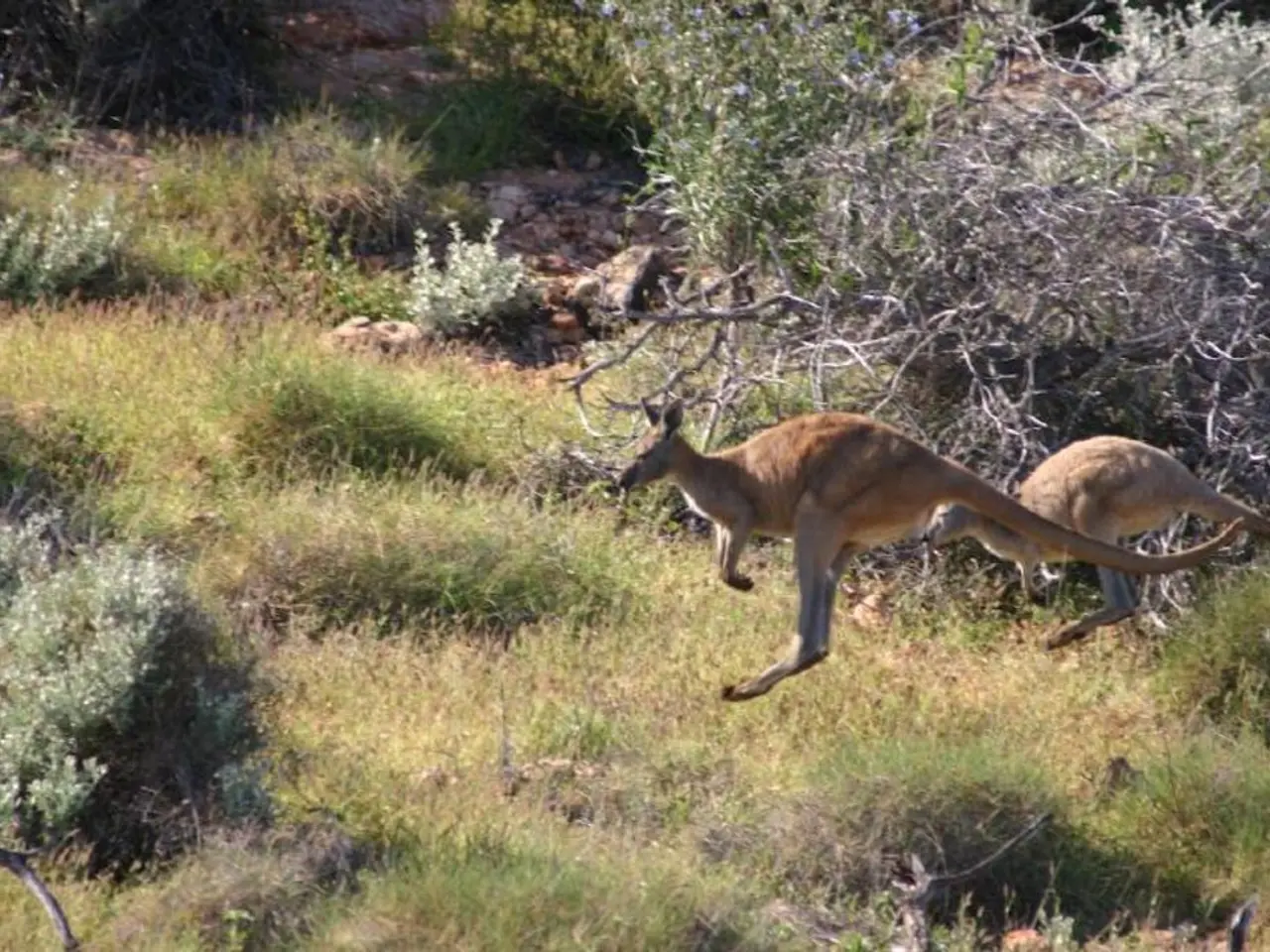Remains of Massive Wombat Discovered in Queensland, Australia
Uncovering the Past: The Mystery of Australia's Prehistoric Giants
In the vast and diverse landscape of Australia, remnants of its ancient past are slowly being unearthed. Among the most intriguing discoveries are those of the Diprotodon, a colossal marsupial that once roamed the land.
Numerous Diprotodon fossils have been found across Australia, from the Wellington Caves to Darling Downs, and Lake Callabonna. These discoveries promise to unveil more secrets about Australia's prehistoric giants and their environment.
The fossils offer a glimpse into the behaviour and ecology of these ancient creatures. Many provide evidence of animals becoming trapped in drying lake beds or boggy areas, offering a glimpse into their habitat and lifestyle.
Understanding the world of the Diprotodon can provide valuable insights into Australia's prehistoric ecosystems. It can help us understand the dynamics of these ancient environments and how they may have been impacted by climate change.
The extinction of megafauna like the Diprotodon is a crucial piece of the puzzle for understanding human survival. It offers insights into ecosystem dynamics, the impacts of climate change, and human-environment interactions. Earlier theories about its extinction have been challenged, suggesting it occurred after human arrival in Australia.
Diprotodon may have coexisted with humans for approximately 20,000 years before its extinction. This knowledge can help us better predict and potentially mitigate the effects of current and future environmental changes on modern species.
By studying the factors that led to the demise of the Diprotodon, scientists can better understand the forces that shape ecosystems. This knowledge can inform conservation strategies, sustainable land management practices, and climate change adaptation efforts, helping to prevent similar extinctions in the present day.
Between 2002 and 2021, researchers including Gilbert Price, Travis Park, and their colleagues made new Diprotodon fossil discoveries in Queensland, Australia. These findings have provided significant insights about their size, habitat, and extinction timeline.
As our understanding of the Diprotodon and its world grows, so does our appreciation for the rich history of Australia's natural world. The story of this prehistoric giant serves as a reminder of the importance of preserving our planet's biodiversity for future generations.
Read also:
- Peptide YY (PYY): Exploring its Role in Appetite Suppression, Intestinal Health, and Cognitive Links
- Toddler Health: Rotavirus Signs, Origins, and Potential Complications
- Digestive issues and heart discomfort: Root causes and associated health conditions
- House Infernos: Deadly Hazards Surpassing the Flames








